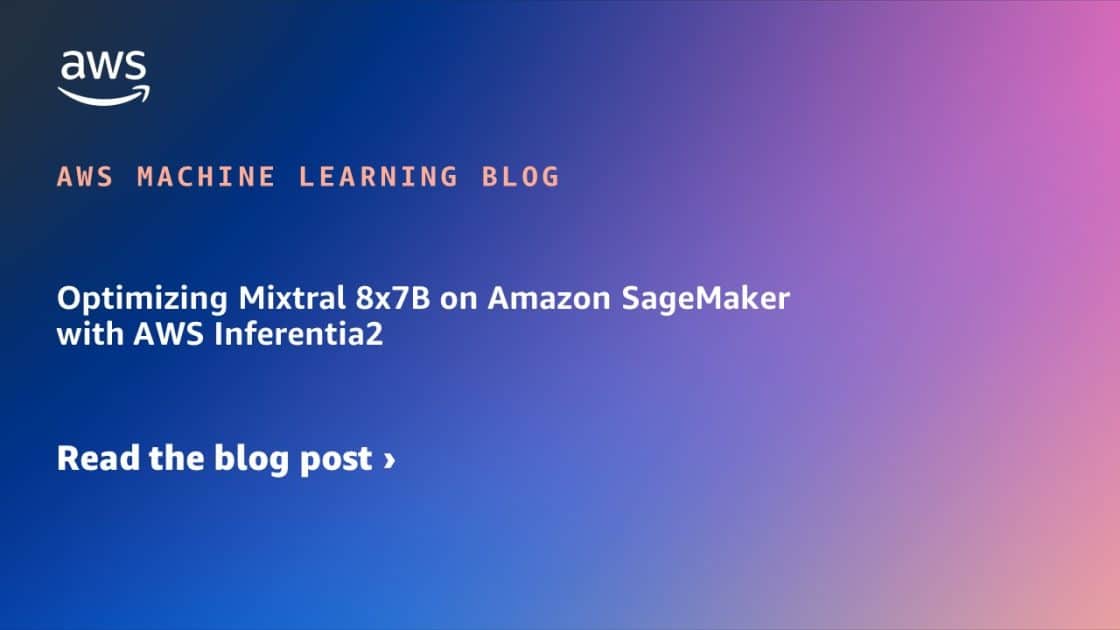Organizations are increasingly interested in harnessing the potential of large language models (LLMs) for various applications, ranging from text generation to question answering. However, the complexity and power of these models pose new challenges in terms of their implementation in production environments, especially in terms of performance and cost efficiency.
In response to this demand, Amazon Web Services (AWS) has launched optimized and cost-effective solutions for the deployment of artificial intelligence models, highlighting the Mixtral 8x7B language model. This model is designed to provide large-scale inference and utilizes AWS’s artificial intelligence chips, such as Inferentia and Trainium, which offer high performance and low latency in both inference and training tasks.
The Mixtral 8x7B model employs a Mixture-of-Experts (MoE) architecture, which includes eight experts, maximizing its ability to handle intensive workloads. To facilitate its use, AWS has introduced a tutorial that guides users in efficiently implementing the model using Hugging Face Optimum Neuron. This tool allows developers to easily load, train, and infer, providing a secure and scalable environment through Amazon SageMaker.
The deployment process begins with setting up access to Hugging Face, where users must authenticate to access available models. Subsequently, an Amazon EC2 Inf2 instance, optimized for working with the Mixtral 8x7B, is launched. This stage includes selecting the appropriate instance type and storage capacity, as well as ensuring there is enough memory available for efficient execution.
Once the instance is configured, users must connect to a Jupyter notebook, where the necessary libraries will be installed to deploy the model and perform real-time inferences. During this process, the required authorizations for SageMaker will be ensured, facilitating the model deployment.
Additionally, details are provided on compiling the model using the Neuron SDK, optimizing the format and configuring the necessary parameters to ensure optimal performance. This step-by-step process highlights the importance of tensor parallelism and the requirements that must be met to effectively utilize the available resources.
Finally, the tutorial addresses the steps for cleaning up deployed resources and summarizes the implementation process of Mixtral 8x7B on AWS Inferentia2 instances, highlighting the potential to achieve high inference performance at a reduced cost. The instructions emphasize the importance of carefully managing permissions and resources when working with these advanced technologies.
Referrer: MiMub in Spanish
